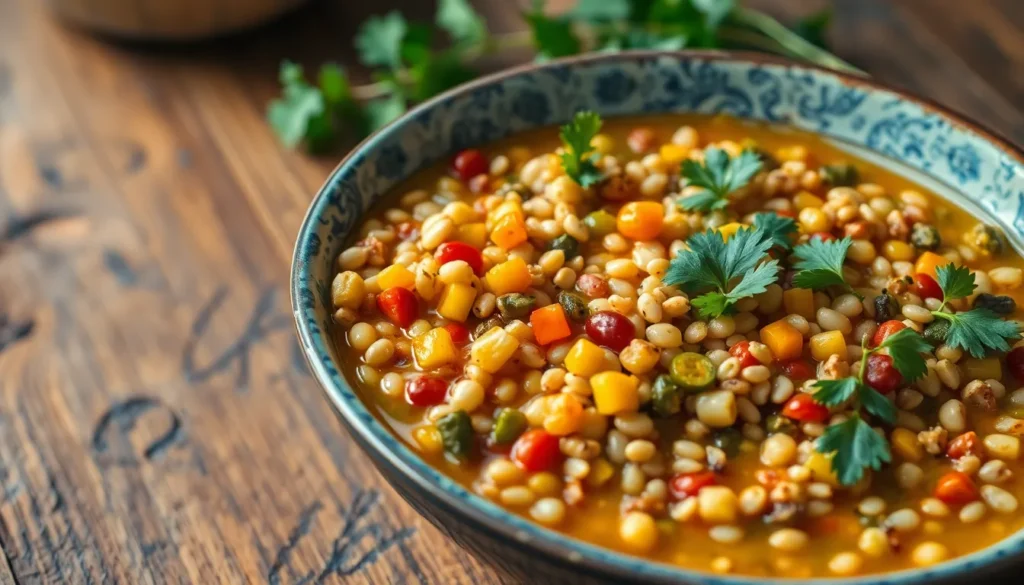When it comes to culinary adventures, few dishes spark curiosity like yumkugu. This intriguing delicacy has gained popularity for its unique flavor, but many wonder if it’s a friend to their digestive system or a foe. Is it a delightful treat or a recipe for discomfort?
Table of Contents
ToggleOverview of Yumkugu
Yumkugu is celebrated for its complex flavor profile and intriguing texture. This dish features a blend of ingredients often regarded as exotic or unusual. Originating from specific cultural traditions, yumkugu reflects the culinary practices and preferences of its region.
People enjoy yumkugu for its unique taste, yet opinions vary regarding its digestibility. Some individuals report experiencing discomfort after consumption. They often attribute this to the dish’s rich ingredients or preparation methods.
The physical attributes of yumkugu contribute to its digestibility concerns. Ingredients such as certain types of grains or legumes may pose challenges for some digestive systems. These components are known for their fiber content, which can lead to bloating or gas in susceptible individuals.
Cultural preparation techniques also influence how well yumkugu is digested. Fermentation, for example, can enhance nutrient absorption while breaking down complex compounds. Not all recipes incorporate this technique, which may impact overall digestion.
Consideration of individual dietary needs plays a significant role. Those with allergies or intolerances may find yumkugu particularly challenging. Medical advice often suggests moderation when trying new foods, especially those described as difficult to digest.
While yumkugu offers delightful culinary experiences, its digestibility varies among individuals. Understanding personal dietary reactions can lead to a more enjoyable experience with this unique dish.
Nutritional Composition of Yumkugu

Yumkugu features a unique nutritional profile that influences its digestibility. Analyzing its components sheds light on how each contributes to overall health and digestive ease.
Fiber Content
Fiber content in yumkugu plays a significant role in digestion. Higher fiber levels, often found in grains and legumes, can lead to bloating or gas for some individuals. Many enjoy the benefits of fiber, including improved gut health and regularity. Certain portions of yumkugu may lead to discomfort if consumed in excess, particularly among those not accustomed to high-fiber diets. Variety in ingredients can affect fiber levels, suggesting that preparation methods may alter digestibility.
Protein and Fat Levels
Protein and fat levels in yumkugu also impact its nutritional value. Proteins from legumes and grains support muscle health and overall wellness. Healthy fats present in some preparations contribute to satiety and nutrient absorption. Certain combinations, especially those rich in both protein and fat, can enhance flavor but may complicate digestion for sensitive individuals. Balancing portions can mean enjoying the dish while minimizing potential digestive challenges.
Digestive Health Considerations
Understanding how yumkugu affects digestive health helps individuals navigate its consumption. Many factors influence how well one digests the dish.
Potential Digestive Issues
Certain ingredients in yumkugu can cause discomfort, particularly for those unaccustomed to high-fiber diets. Legumes and grains, commonly used in the dish, can lead to bloating or gas. Rich preparation methods may increase these issues, making the dish more challenging to digest. Individual tolerance to specific ingredients varies, highlighting the need for careful consideration. People with dietary sensitivities may experience adverse reactions upon consumption, resulting in an uncomfortable experience.
Benefits for Digestion
Yumkugu contains beneficial components that can aid digestion. High fiber content promotes gut health, facilitating regular bowel movements. The dish’s balance of protein and fat offers satiety, aiding in food satisfaction. Ingredients like fermented elements may enhance nutrient absorption, providing additional digestive support. Incorporating yumkugu into a well-balanced diet allows for appreciation of its health benefits. Those who manage their portions may find it enjoyable without adverse effects.
Personal Experiences and Anecdotes
Many individuals share their experiences with yumkugu’s digestibility. Some find it sits well with their stomachs, enjoying the flavors and exploring its cultural significance. Others, however, report discomfort after indulging in this dish, attributing their symptoms to its rich ingredients.
For instance, one person mentioned feeling bloated after sampling a high-fiber version of yumkugu. Experiencing gas after meals can deter adventurous eaters, particularly those unaccustomed to fiber-rich foods. In contrast, another diner expressed satisfaction, benefiting from the fermented elements that seemed to aid in digestion.
Food intolerances also affect perceptions of yumkugu. An individual with a sensitivity to legumes described feeling uneasy after consuming the dish, indicating that specific ingredients can trigger reactions. Another person, free from such sensitivities, remarked on the dish’s ability to provide lasting energy without discomfort.
Listening to varied experiences highlights the importance of moderation. A chef who serves yumkugu suggested starting with small portions to gauge individual tolerance. Many have curated their recipes to include easy-to-digest modifications, fostering enjoyment while minimizing potential digestive issues.
Overall, the spectrum of experiences reinforces that yumkugu’s digestibility varies significantly among individuals. Customized dietary approaches often lead to more favorable outcomes, allowing diverse eaters to appreciate the dish’s unique profile while avoiding discomfort. Observing personal reactions enables a deeper understanding of how to enjoy yumkugu effectively.
Yumkugu presents a fascinating culinary experience that’s rich in flavor and cultural significance. However its digestibility can vary widely among individuals. While some enjoy its health benefits and unique taste others may encounter discomfort due to its high-fiber ingredients or specific food intolerances.
Understanding personal dietary needs plays a crucial role in enjoying yumkugu without adverse effects. By approaching this dish with moderation and awareness of one’s own digestive health individuals can savor the delightful complexities of yumkugu while minimizing any potential challenges.





